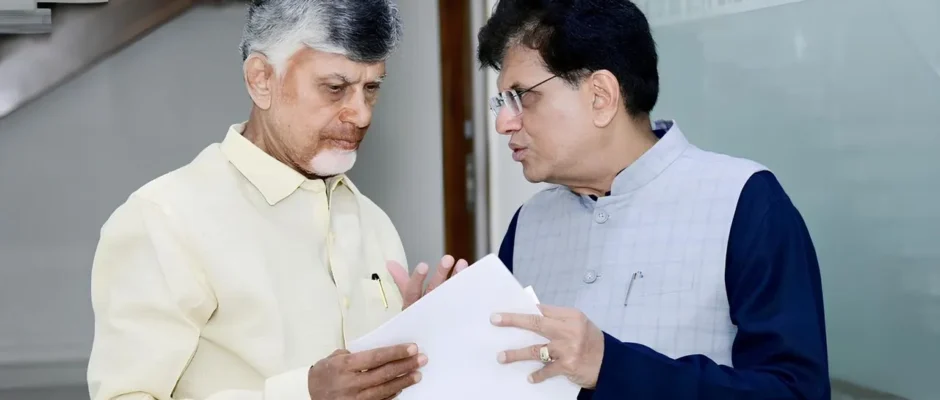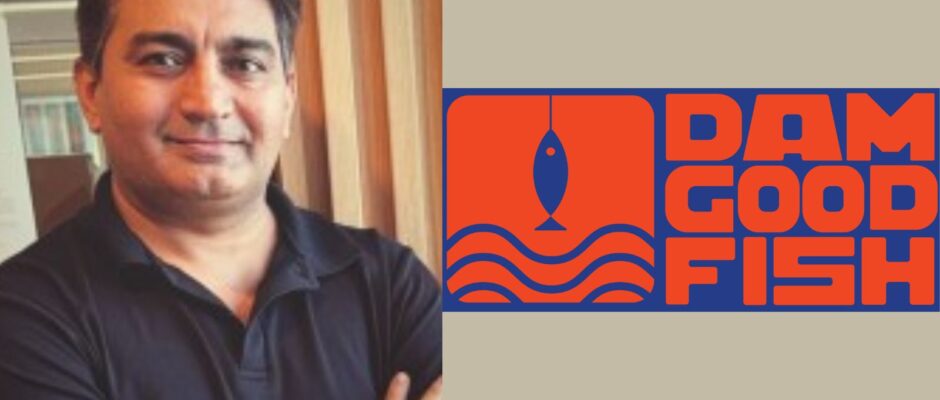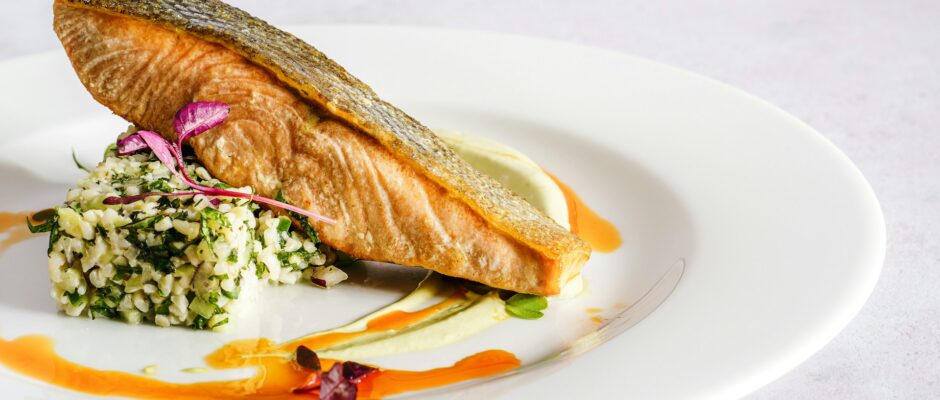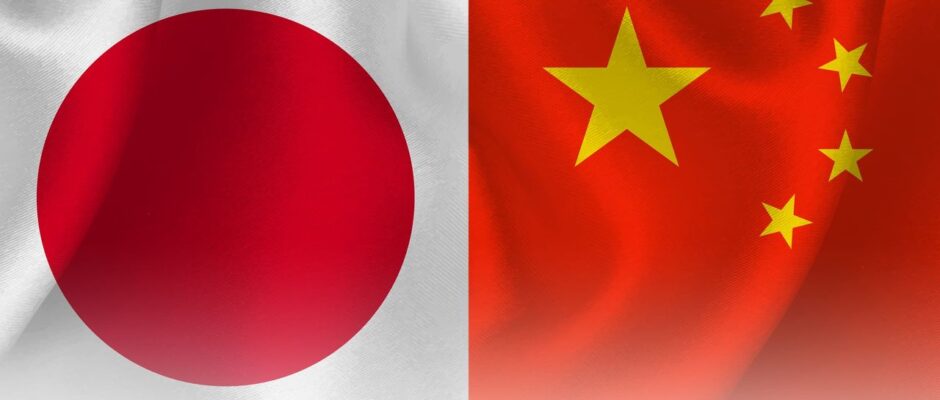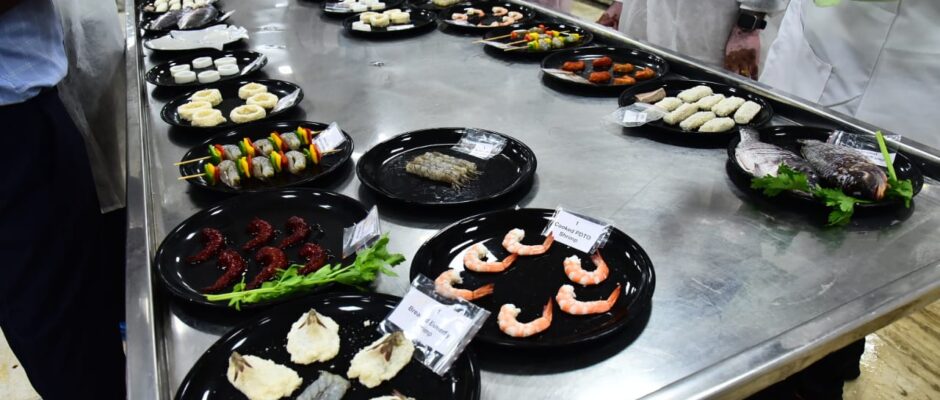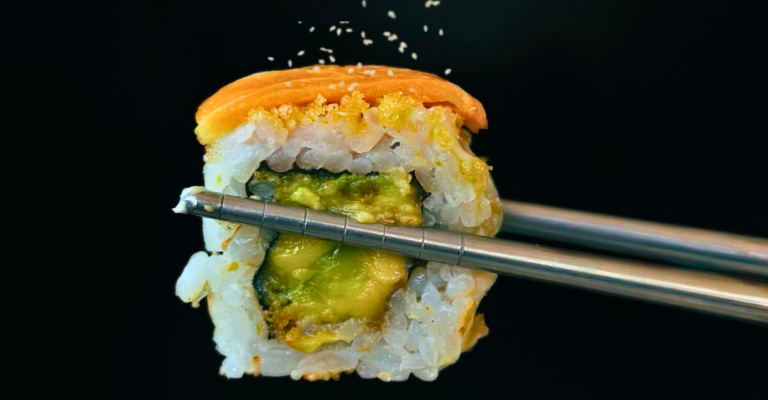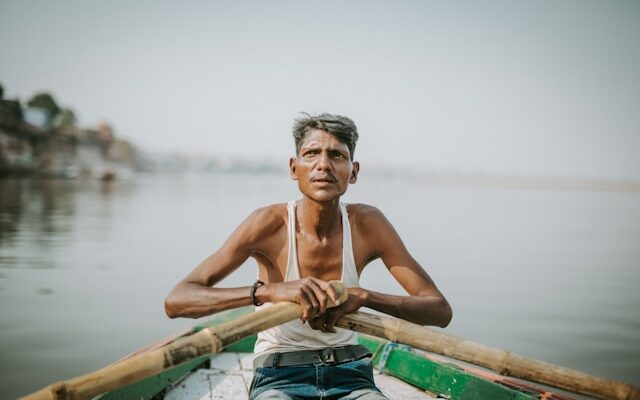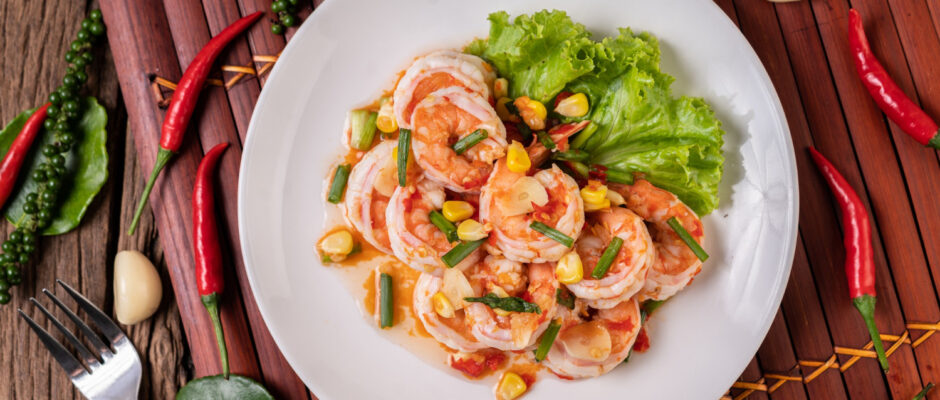My name is Raju, and for generations, my family has cast nets into the Arabian Sea from Honnavar, a quiet coastal town in Karnataka. The sea has always been our mother—she fed us, shaped our traditions, and sheltered our homes. But today, as I stand on the shore where my ancestors once taught me to read the tides, I see only despair. Bulldozers roar where children once played, and police batons strike down those who dare to protest. Our cries for justice are drowned by the noise of “progress.” “We Are Told We Don’t Exist” Last February, our world shattered. Hundreds of us gathered to protest a port project that would swallow our fishing grounds and erase our village from the map. The police arrived not to listen, but to silence. Videos of that day show women dragged by their sarees, men beaten bloody, and our homes—marked for demolition—declared “illegal” overnight. “Your land doesn’t exist on any map,” they sneered. How can that be? My grandfather built our hut here. Our gods are carved into these rocks. Advocate B.T. Venkatesh, fighting our case, says the government erased our homes from survey records. “They want us gone,” my neighbor Lakshmi whispers, clutching her newborn. “But where do we go? The sea is all we know.” A Coastline Under Siege From Vadhavan in Maharashtra to Beyt Dwarka in Gujarat, the story repeats. Ports, missile sites, and factories rise like monsters, devouring reefs, mangroves, and fish nurseries. In Kerala’s Vizhinjam, the Adani port turned our brothers’ harbors into death traps. In West Bengal’s Junput, missile tests scatter dried eels—once a lifeline—into the dust. Even Tamil Nadu’s Ennore fishers, choking on oil spills and ammonia leaks, share our fate. Climate change gnaws at our nets too. The fish grow scarce, storms fiercer. But when we beg for aid, the state offers empty hands. “Your sacrifices are for development,” they say. Yet, our children go hungry while trawlers from big companies loot what little remains. Small Hands Feed the World, But Who Feeds Us? My wife, Shanti, works 14 hours drying fish under the sun. Like millions of women, she fuels a hidden economy. The U.N. says small fishers like us catch half the world’s fish in developing nations, feeding billions. But when industrial projects poison the waters, no one counts our losses. “They call us ‘encroachers,’” scoffs Sebastian Rodrigues of the National Federation of Small-Scale Fishworkers. “But without legal rights, we’re ghosts in our own land.” We Demand a Lifeboat: Legal Rights For years, we’ve begged for laws to protect our homes, nets, and futures. Coastal Regulation Zone rules once shielded our beaches, but now they’re bent for hotels and ports. The Forest Rights Act grants tribal communities land titles—why not us? “Our rights must be written into the Constitution,” argues researcher Sisir Pradhan. “Without them, we’re just obstacles to profit.” A human rights-based law could force the state to compensate us when projects destroy our livelihoods. It could let us co-manage fisheries, as we’ve done for centuries. A Storm on the Horizon Last monsoon, my boat capsized in a sudden squall. I survived by clinging to splintered wood. Today, our entire community feels adrift. The port’s surveyors return daily, flanked by police. My sons ask, “Appa, will we fish tomorrow?” I have no answer. Yet, we resist. Women block bulldozers with their bodies. Elders recite old fishing songs to keep hope alive. The FAO says securing our rights is key to ending poverty and saving oceans. But will India listen? A Final Cast Tonight, as waves lick the scars on our coast, I think of my grandfather’s words: “The sea gives, but she also takes. Respect her, and she’ll always provide.” We’ve respected her. Now, we demand respect from those who see us as expendable. Our nets may be empty, but our resolve isn’t. Recognize our rights. Protect our homes. Let us fish—not just for today, but for generations unborn. The tide of “development” must not wash away the people who sustain it.

